FORMALDEHYDE 37% (CH2O)
ABOUT:
Formaldehyde 37% is typically manufactured via the oxidation of methanol using a silver catalyst at elevated temperatures and pressures. This process, known as the silver-catalyzed methanol oxidation process, produces a gas stream that is then condensed to form the liquid formaldehyde solution. The solution is stabilized with methanol to prevent further oxidation and ensure it remains at a concentration of 37%.
PHYSICAL PROPERTIES:
Appearance: colorless liquid
Odor: pungent and irritating odor
Molecular weight: 30.03 g/mol
Boiling point: -19°C (-2.2°F)
Melting point: -92°C (-134°F)
Density: 1.09 g/cm³ at 20°C (68°F)
Solubility: Miscible in water, ethanol, and other polar solvents
Vapor pressure: 525 mmHg at 20°C (68°F)
Flash point: -26°C (-15°F)
CHEMICAL PROPERTIES:
- It is a strong reducing agent and easily oxidizes to form formic acid.
- It readily reacts with amines, alcohols, and other organic compounds to form Schiff bases, acetals, and other derivatives.
- It is a potent disinfectant and is commonly used as a preservative in biological specimens.
- It undergoes polymerization in the presence of catalysts to form paraformaldehyde, a white, crystalline solid.
- It can be used as a starting material for the synthesis of various chemicals such as resins, plastics, and textiles.
- It is highly toxic and can cause respiratory and skin irritation, among other health hazards.
APPLICATIONS:
BUILDING MATERIALS:
- It is primarily used in the production of resins and adhesives, including urea-formaldehyde (UF) and phenol-formaldehyde (PF) resins.
- Formaldehyde 37% is commonly used in building materials as a binder or adhesive in the manufacture of composite wood products, such as plywood, particleboard, and medium-density fiberboard.
- Formaldehyde is also used as a preservative in building materials such as insulation foam, and it can be found in some types of carpeting, drapes, and furniture.
AGRICULTURE INDUSTRY:
- It is most frequently used as a biocide, fungicide, and insecticide, but can also be used as a preservative and a disinfectant.
- Formaldehyde 37% is also commonly used as a preservative and disinfectant in fruit and vegetable storage rooms. It is an effective biocide that can control molds, yeasts, and bacteria on the surface of fruits and vegetables.
- Formaldehyde can be used in poultry farming as a disinfectant to reduce the spread of diseases.
MEDICAL INDUSTRY :
- In the medical industry, formaldehyde is used to sterilize medical instruments and equipment. It is also used as a topical ointment to control bacterial growth on skin surfaces.
PRESERVATION OF BIOLOGICAL SPECIMENS:
- Formaldehyde 37% (formalin) is commonly used as a fixative for preserving biological specimens, such as tissues, cells, and microorganisms. It works by crosslinking proteins and nucleic acids, thereby preventing decay and maintaining the structure and integrity of the specimen for further analysis, such as microscopy or histology.
TEXTILE INDUSTRY:
- Formaldehyde 37% is a chemical preservative commonly used in the production of textiles.
- It is added to fabrics to give them a longer shelf life and prevent the growth of bacteria, fungi, and other microorganisms.
RUBBER AND LATEX PRODUCTS:
- It can be used as a cross-linking agent. It helps to improve the durability, strength, and elasticity of the final product.
SAFETY MEASURES:
- Wear appropriate personal protective equipment (PPE), such as gloves, goggles, and a respirator, to prevent skin and eye contact and inhalation.
- Use the chemical in a well-ventilated area or under a fume hood to minimize exposure to fumes.
- Keep the chemical in a secure, labeled container away from heat, flames, and other reactive materials.
- Avoid contact with skin, eyes, and clothing, and wash thoroughly with soap and water if contact occurs.
- Follow proper disposal procedures for formaldehyde waste, as it is considered hazardous and requires special handling and disposal methods.
- Train and educate employees and coworkers on the proper handling, storage, and disposal of formaldehyde to minimize risks and prevent accidents.

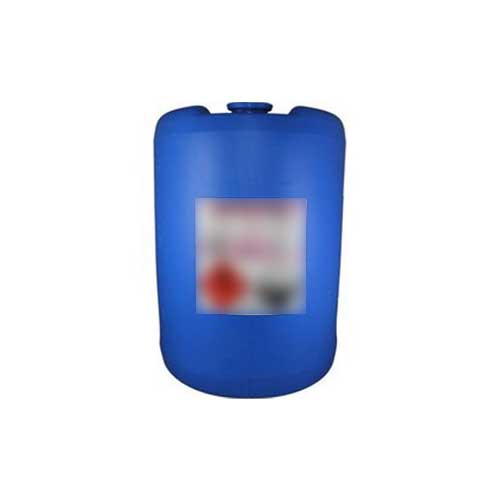
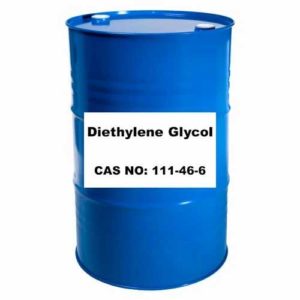
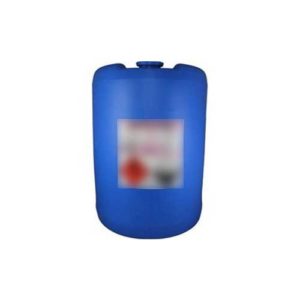
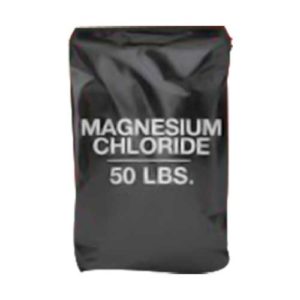
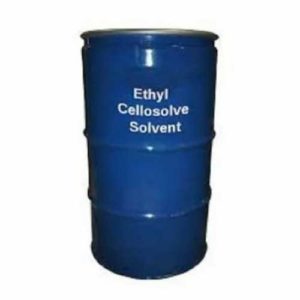

Reviews
There are no reviews yet.